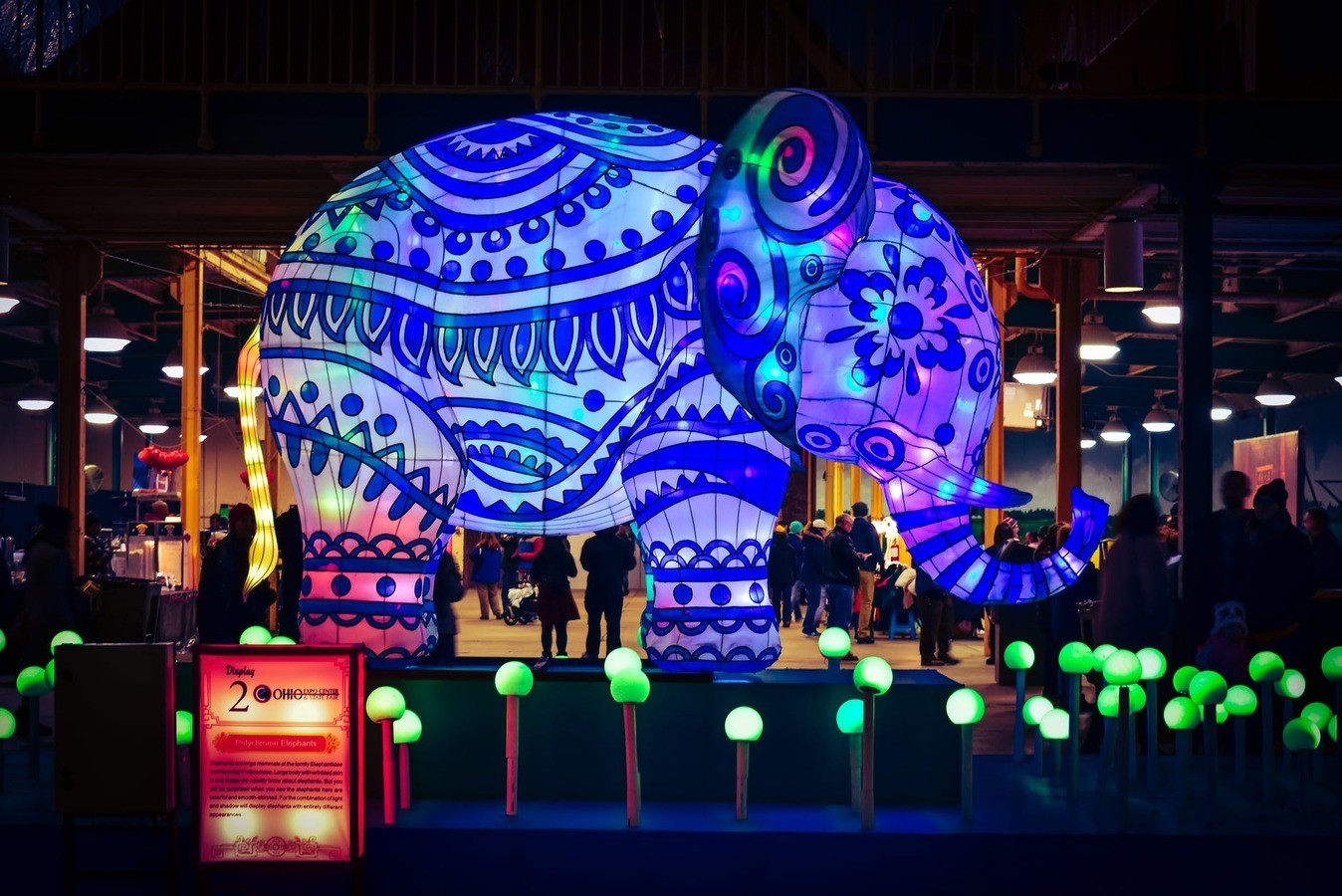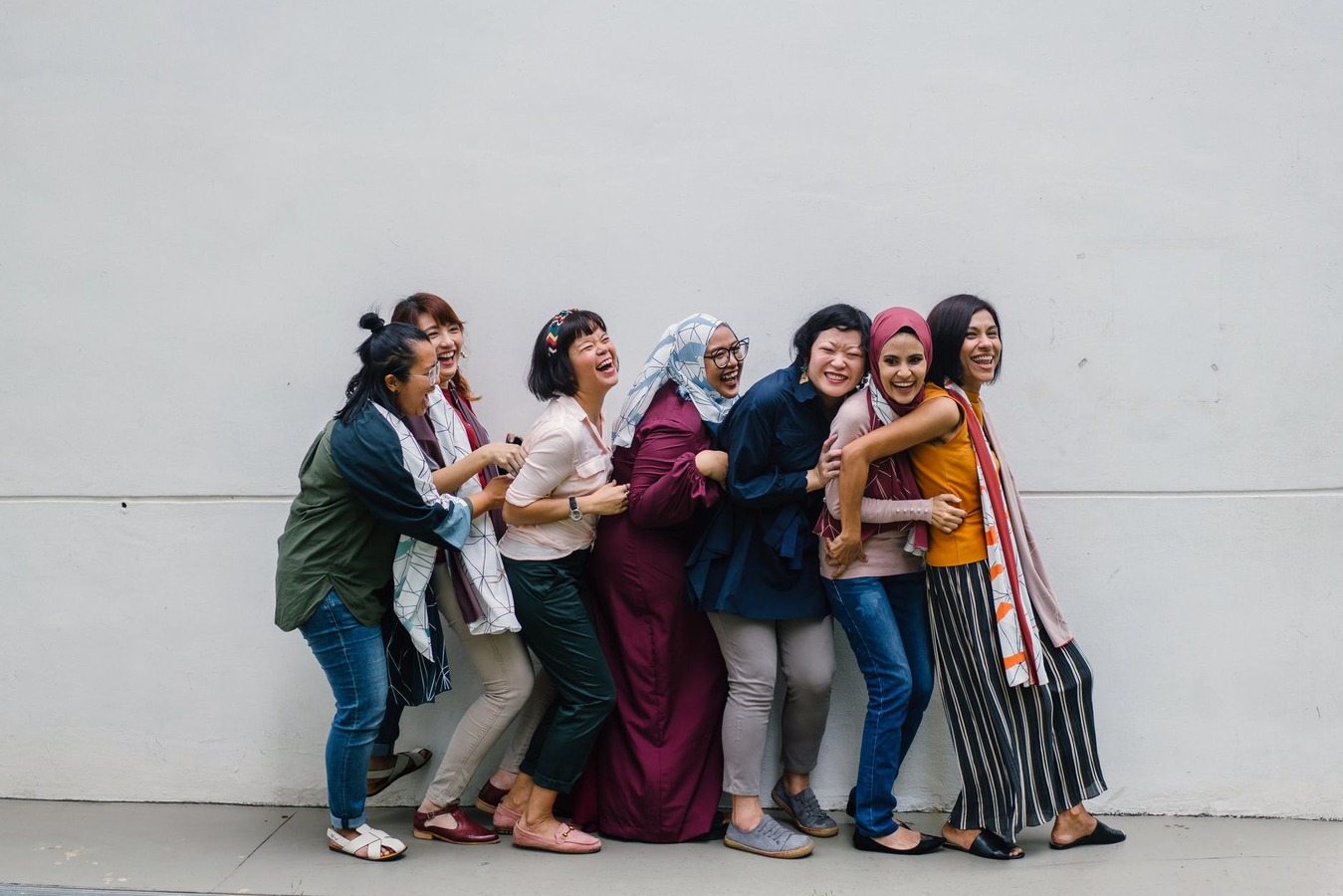Written by Andrew SVN.
Welcome to the first in this series of four articles on structural racism in conscious sexuality. We’ll begin by exploring the prevalence of cultural appropriation.
Let’s start with a working definition. Cultural appropriation is defined by Oxford Dictionaries as “the unacknowledged or inappropriate adoption of the customs, practices, ideas, etc. of one people or society by members of another and typically more dominant people or society.” In this article we’ll explore how cultural appropriation manifests in relation to Tantra.
Tantra is a broad and mystical South Asian philosophy rooted in Buddhism, Hinduism and Jainism that incorporates rituals (including sexual rites), yoga and deities and is based on ancient Sanskrit texts. Contrast this with neotantra – which is most popularly taught in the West, but commonly referred to mistakenly as Tantra. Neotantra is based on the teachings of Osho – a controversial spiritual leader who was the subject of the 2018 Netflix documentary series Wild Wild Country. Neotantra emphasises sex as the primary pathway to spiritual transcendence, which is at odds with classical Tantra. In the West the terms Tantra and neotantra are used interchangeably despite being rather different philosophies. Is this simply an innocent fudge of terminology, or is it symptomatic of something more problematic?
Let’s dig a little deeper into how neotantra is being presented in the West. Beth Wallace – a sex and relationships coach – has written insightfully about her own journey into Tantra and the cultural appropriation that she’s observed. Take the following excerpt from her account: “When you see a tantra (sic) workshop now that talks of relationship, that refers to sexuality, that promises deeper intimacy, connection, better sex, longer orgasms, that refers to Kundalini energy etc what you’re seeing is neotantra, a cultural mish mash of other spiritual paths & new age practices masquerading as Tantra that has been sexualised for the western palate, tantra (sic) that is a million miles away from traditional classical Tantra, in fact, all it shares in common with classical Tantra is the word, that’s where the similarities end.” This is a white woman – trained and initiated in classical Tantra – openly calling out the fact that what’s presented as Tantra in the West deliberately caters to the sexualised tastes of Western consumers with little regard for the source culture it draws from. Furthermore it corroborates other accounts that I’ve come across from BAME people in the community. When it comes to the conceptual presentation of Tantra it’s looking a little whitewashed.
This whitewashing extends to the visual representations of Tantra. In a quick image search I carried out on Google for the phrase “Tantra courses” I could only find three images including a BAME person. And even those images included mostly white, able-bodied people – the BAME people in those images felt like anomalies. An image search of the word “Tantra” also returned numerous images of white, able-bodied people (at least this particular search returned some images of religious artwork). So south Asia is not just being side-lined conceptually but also visually in favour of white identity.
But perhaps it’s not so bad. What if the profits from what we’ve now established is in fact neotantra are being invested back into the Indian community? It’s unclear from my research whether any proportion of the profits made by Western Tantra instructors is invested back into the Indian community, or subcontinent, beyond any money they spend on initial Tantra training in India to become instructors. Of the Tantra instructors I’ve encountered in the UK none have clearly communicated in their marketing materials, or in teaching sessions, how they provide ongoing practical support to India or the Indian community. So not only are south Asian members of the conscious sexuality community having to watch their culture being co-opted by Western instructors adhering to sexualised Western consumer preferences they can’t even be confident that any share of the profits earned by these instructors is being invested back into their community. It’s a cultural slap in the face followed by a cultural kick in the shin.
So if cultural appropriation is indeed taking place with respect to Tantra – why is this happening? After all, Tantra instructors tend to be ostensibly nice people (and I say that sincerely). Is there an innocent explanation for all this? It’s crucial to acknowledge the role of capitalist business imperatives in this scenario. My hypothesis, based on my personal experience as a learner, is that Western Tantra instructors are not maliciously appropriating Indian, or any other, culture. Rather they face two systemic pressure points. Firstly they’re under pressure to generate a level of income that covers both their business and personal expenditures – which can be significant particularly for those living or working in large cities (e.g. London) or needing to use high-quality venues to provide a luxury learning experience. Secondly they are competing in a niche market containing many competitors – driven in part by the absence of regulation, industry standards and formal barriers to entry (e.g. licencing). Given these pressure points it’s rational – in a very economic sense – that instructors will do what’s necessary to generate sufficient sales i.e. appease sexualised consumer preferences. After all – Tantra instructors need to eat, too!
Is this all so bad? If neotantra is helping people experience more pleasure and joy in their lives, then perhaps all can be forgiven? Let me be clear – I don’t think that neotantra in and of itself is necessarily a bad thing. It’s clearly helped a lot of people around the world with their own healing and personal journey. It’s certainly helped me in my personal growth. But that doesn’t excuse the fact that 1,500 years of Indian culture is being salami-sliced, or even ignored entirely, in order to sell a product that south Asian people derive little economic or cultural benefit from (apart from the select few of us in the south Asian diaspora who earn enough money to attend expensive, often white-led, Tantra workshops). This article isn’t intended to make Westerners who’ve benefited from neotantra feel guilty. This isn’t about stoking white, or Western, guilt. This article is intended to increase knowledge and discernment in the community so that learners can make more informed choices when purchasing products that derive from non-Western cultures, and instructors can reflect more deeply on their business model and make more positive choices where possible.
Let me close by offering some ways to move towards more equitable presentations of culture – whether that be Tantra or any other paradigm – in conscious sexuality. Firstly instructors can be specific about what they’re selling. If an instructor chooses to focus on Tantric sex in their offering then they can market themselves as a neotantra instructors, or mindful sex instructors, rather than Tantra instructors/experts (which is misleading). Secondly they can regularly invest a portion of their time and money in the communities from which they are borrowing so that those communities reap the benefit of their work. This can include amplifying voices from that culture, or supporting the development of new instructors from that cultural background. Thirdly instructors can engage students on the whole spectrum of the culture at hand – and constructively challenge students who only want a narrow learning experience (e.g. Tantra to make them “better in bed”). As learners we can use our consumer power to influence change. We can choose instructors who offer a broad education of a given cultural paradigm, and ask other instructors to improve their cultural offering if they want us to purchase their services. There are plenty of things we can all do – as learners and instructors – to utilise non-Western cultural paradigms such as Tantra more equitably.
In the next article we’ll explore how racially inclusive conscious sexuality spaces are.
Have you encountered cultural appropriation in conscious sexuality? Are you an instructor providing a more authentic presentation of non-Western culture? Let me know in the comments below.
Andrew SVN.


















